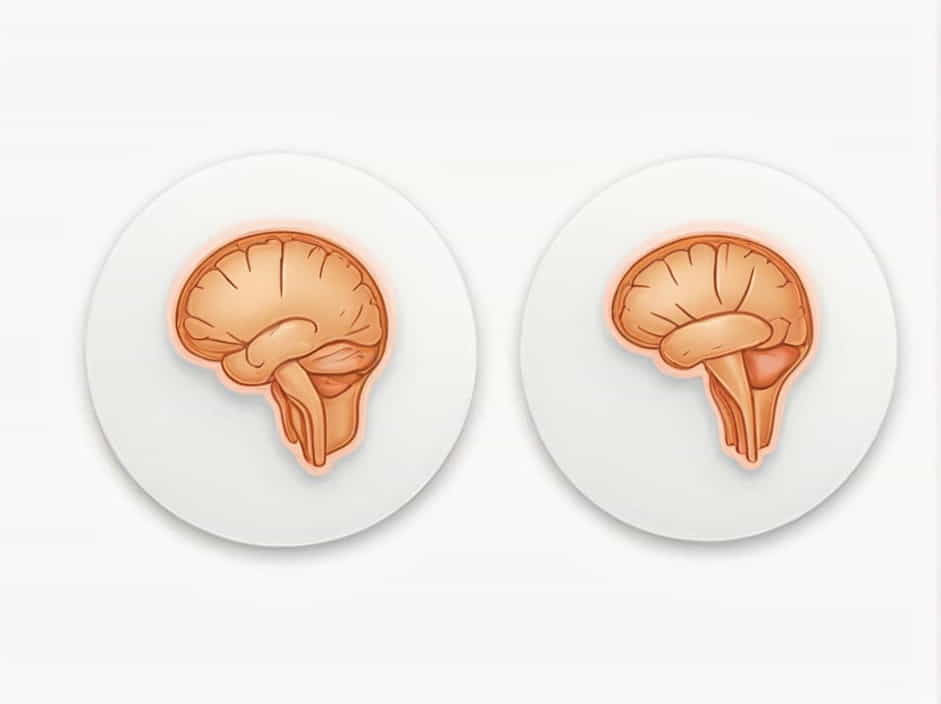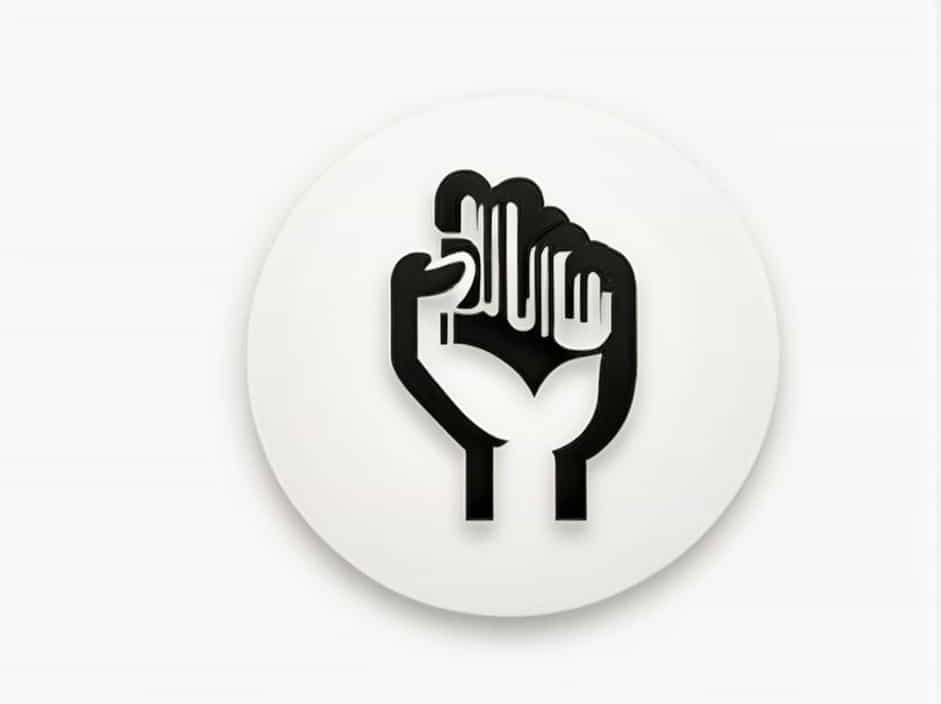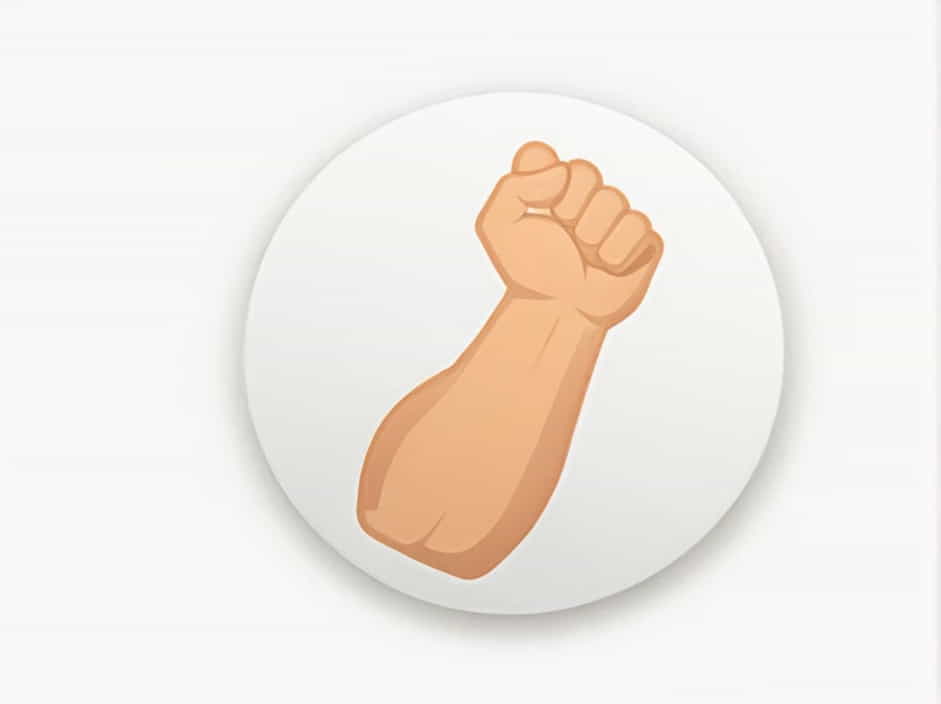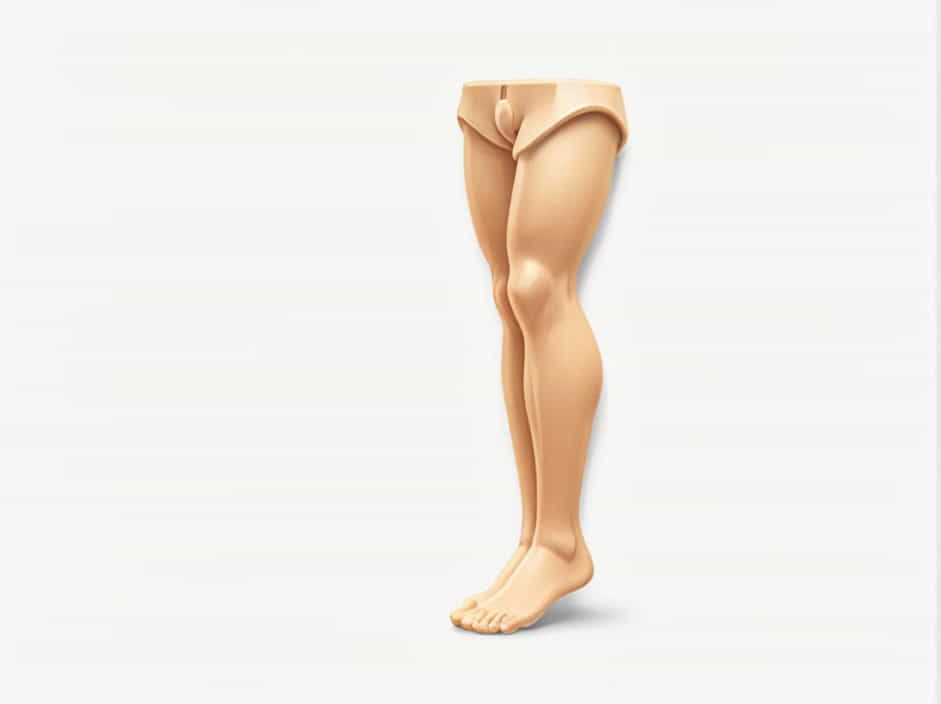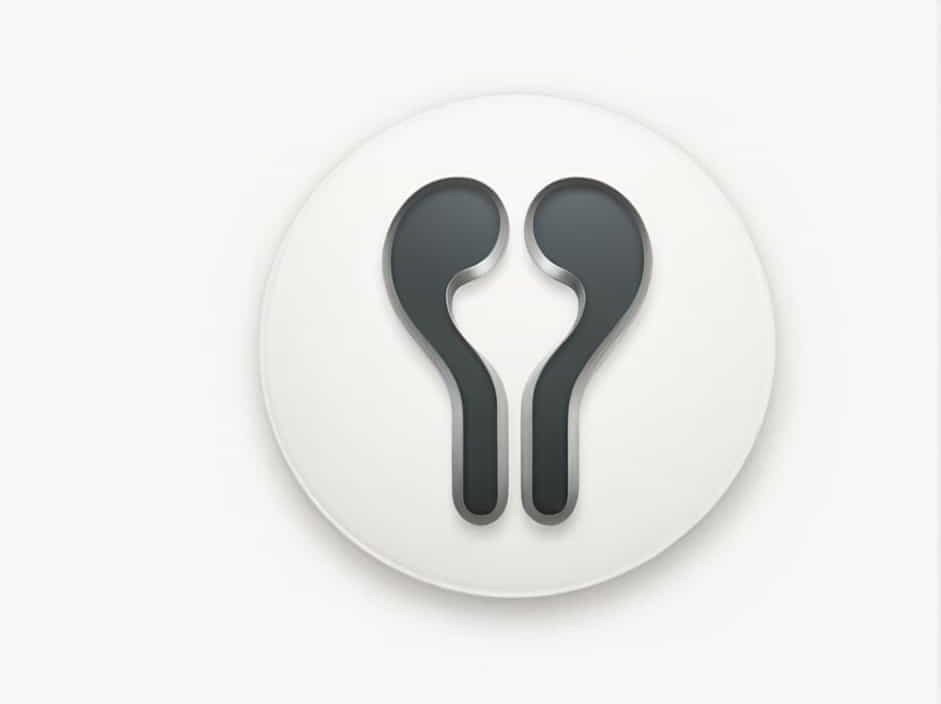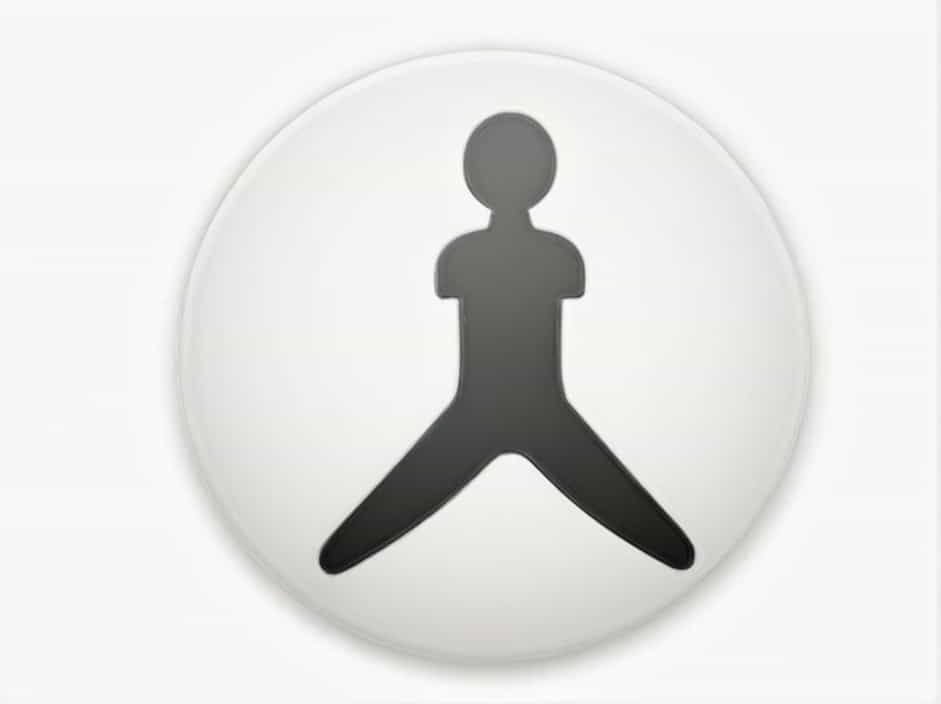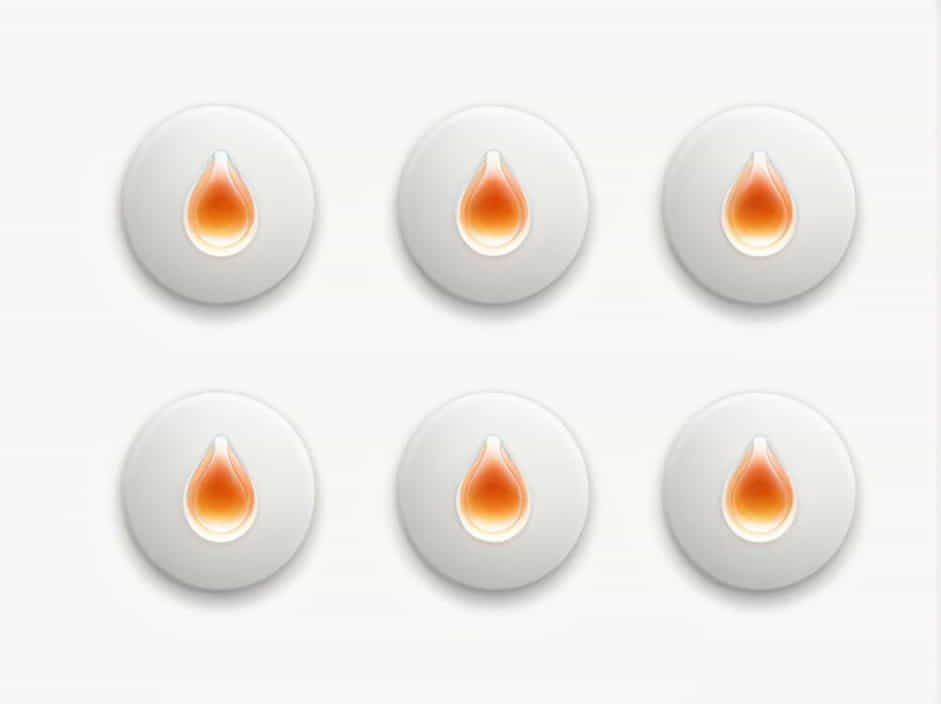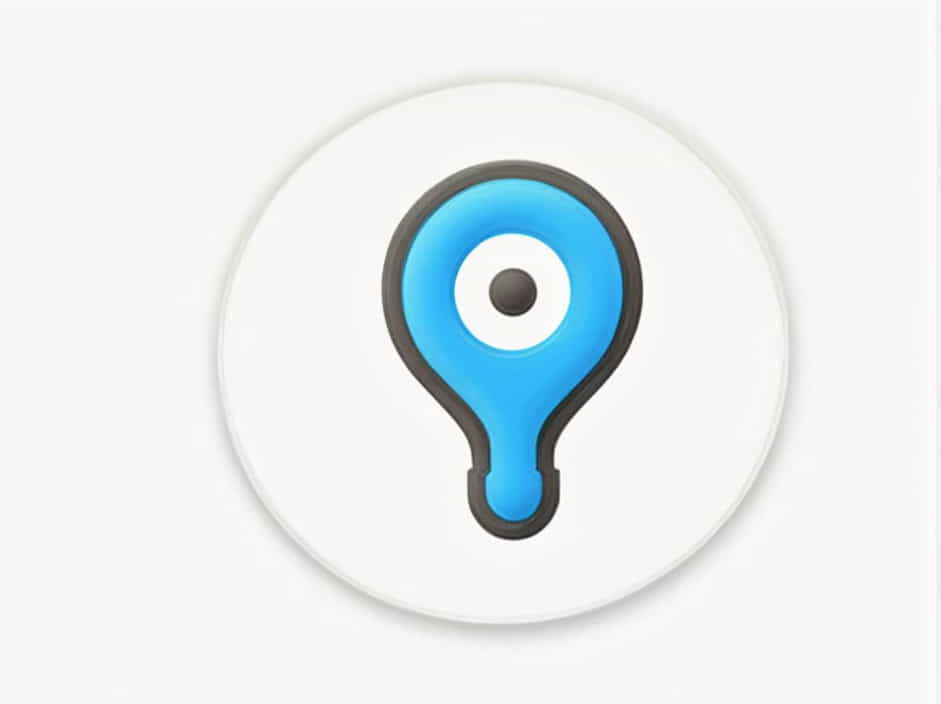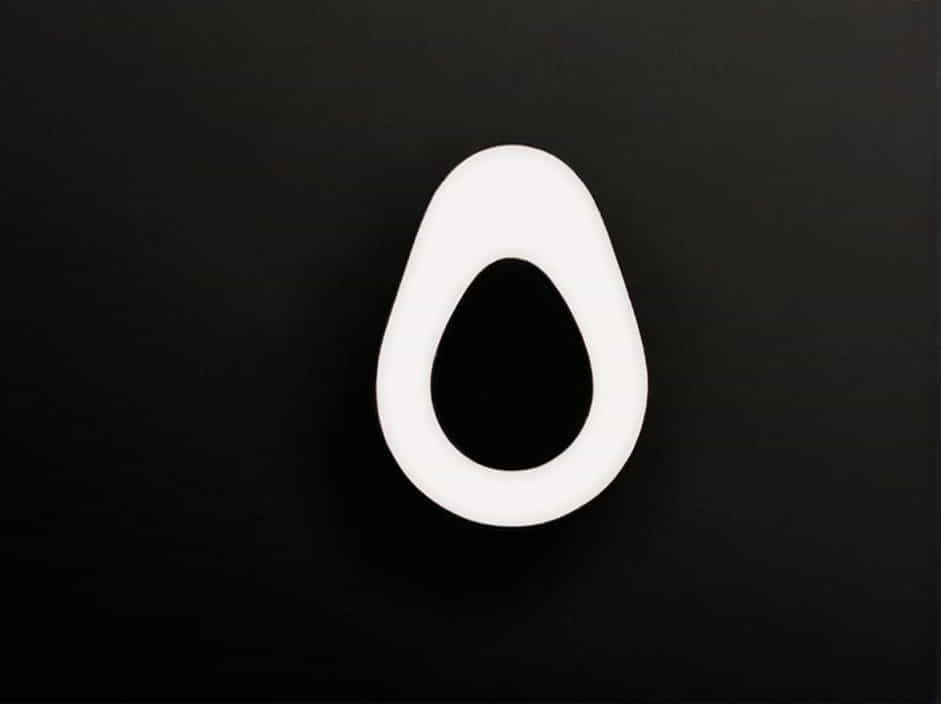Type Of Bone In Maxilla And Mandible
The maxilla and mandible are the two primary bones that form the upper and lower jaw, respectively. These bones play a crucial role in chewing, speaking, and facial structure. They also house the teeth and provide attachment points for various muscles involved in jaw movement. The type of bone in the maxilla and mandible is … Read more

